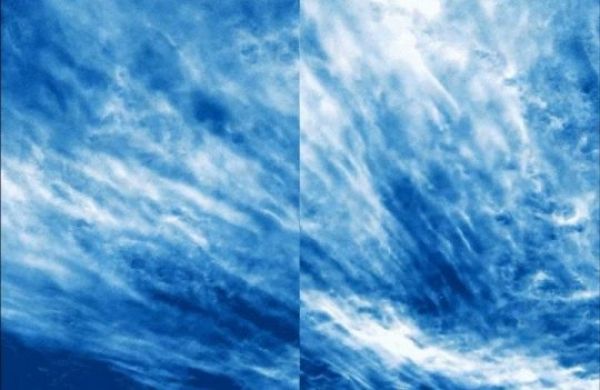On the cusp of our atmosphere live a thin group of seasonal electric blue clouds. Forming 50 miles above the poles in summer, these clouds are known as noctilucent clouds or polar mesospheric clouds — PMCs. A recent NASA long-duration balloon mission observed these clouds over the course of five days at their home in the mesosphere. The resulting photos, which scientists have just begun to analyze, will help us better understand turbulence in the atmosphere, as well as in oceans, lakes and other planetary atmospheres, and may even improve weather forecasting.
On July 8, 2018, NASA’s PMC Turbo mission launched a giant balloon to study PMCs at a height of 50 miles above the surface. For five days, the balloon floated through the stratosphere from its launch at Esrange, Sweden, across the Arctic to Western Nunavut, Canada. During its flight, cameras aboard the balloon captured 6 million high-resolution images filling up 120 terabytes of data storage — most of which included a variety of PMC displays, revealing the processes leading to turbulence. Scientists are now beginning to go through the images and the first look has been promising.
“From what we’ve seen so far, we expect to have a really spectacular dataset from this mission,” said Dave Fritts, principal investigator of the PMC Turbo mission at Global Atmospheric Technologies and Sciences in Boulder, Colorado. “Our cameras were likely able to capture some really interesting events and we hope will provide new insights into these complex dynamics.”
Read more at NASA/Goddard Space Flight Center
Image: Polar mesospheric clouds observed by NASA's PMC Turbo mission as it flew over the Arctic in July 2018. (Credit: NASA/PMC Turbo/Joy Ng)


